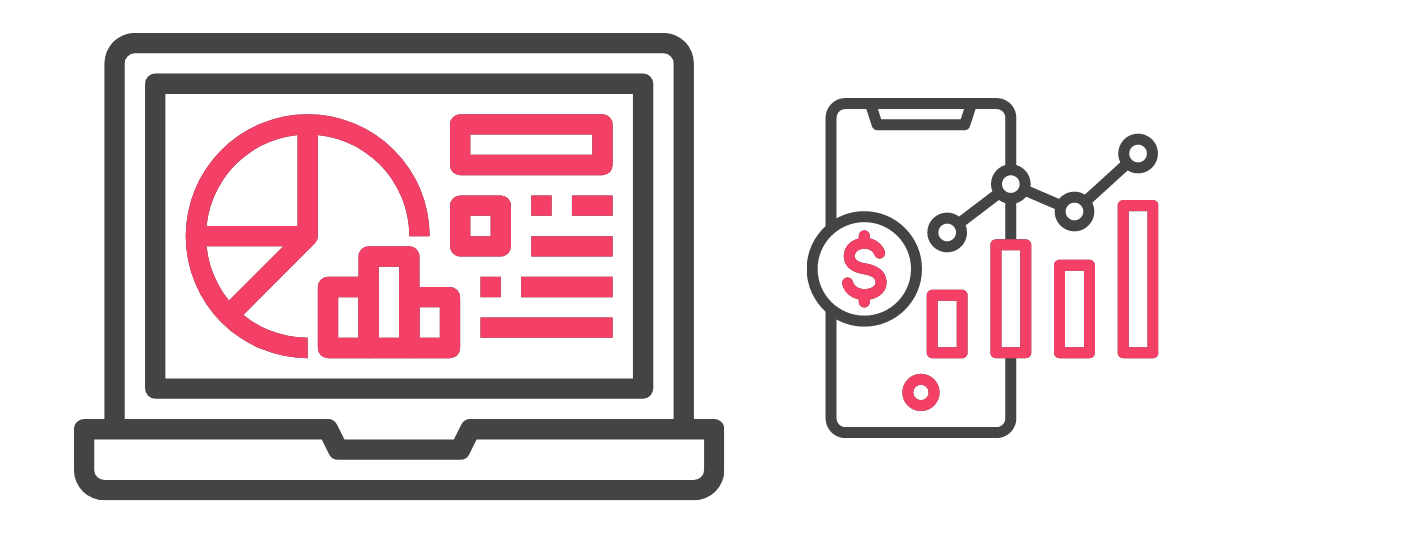Keep up with the latest IoT-based building automation, and follow us on LinkedIn!
While there is a lot of hype about Industrial 4.0 which is no doubt the future, the industrial setups still need to address the overall management of energy and utilities – power, gas and water. The majority of the industrial plants in the country are still taking manual readings from power, water and gas meters, and don’t have enough data to drive actions for delivering efficiency. The ability to access energy information and effectively analyze such real-time data to extract key indicators is a crucial factor for successful energy management. Zenatix’ IoT technology addresses this challenge by completely automating the data collection in real-time and identifying anomalies in these utilities related operations. The addressal of these anomalies brings significant efficiencies on the cost of utilities. Let’s understand more about energy benchmarking in the industrial sector.
What is Energy Benchmarking?

Peter Drucker rightly said – “What gets measured, gets managed.” In other words, you can’t manage what you don’t measure.
Simply put, energy benchmarking is evaluating and assessing the energy consumption of machinery and equipment, then comparing it to the performance of similar machinery or to a certain predefined standard. Energy benchmarking is the most effective approach to track the energy efficiency of machinery over time. It’s a critical component of energy management in the industrial sector. Energy benchmarking makes it easy to identify inefficient machines, decide on possible improvements, and make informed long-term energy management decisions.
Benchmarking is gathering and comparing specific data points from a variety of machines and equipment. Errors in recording these data points will disrupt the entire process and result in inaccurate results, defeating the purpose of benchmarking. These inaccuracies occur as a result of manual data recording and analysis. Manual work has its drawbacks, which can lead to blind spots when evaluating the energy efficiency of your machinery and assets. Fortunately, these blind spots can be resolved by leveraging IoT technology.
Steps involved in IoT based Energy Benchmarking
IoT technology enables applications for real-time energy monitoring of machinery & equipment. It also uses cloud computing techniques based on AI and machine learning to detect abnormal energy usage patterns and measure energy efficiency gaps. The following are the steps involved in energy benchmarking via IoT:
Step 1: Measuring Current Performance

It is a way of measuring energy usage and collecting real-time data on energy use. Energy consumption data can be collected in real-time at several levels, such as machine, production line, or facility, with the help of IoT powered energy sensors. The data gathered from monitoring is served as a basis to understand the current level of energy use.
Moreover, integrating energy and production data is critical for measuring and improving energy efficiency. By correlating the energy consumption to the key drivers such as the production volume at respective period, we can understand how much energy is used to produce a given amount of production or to deliver certain work by the machine.
Step 2: Setting Standards for Benchmarking
It’s a process of determining the standards which lead to excellent performance. This helps in establishing a baseline, and hence highlight the problem area and the potential for improvement in comparing with the best practices. These standards can be your machinery’s past performance, the performance of similar machinery or simply the industry standards.
Step 3: IoT Powered Energy Benchmarking

A real-time energy monitoring dashboard is provided by an IoT-based energy management system, which may be accessed via smartphone or laptop. All the processes in the manufacturing process are monitored, and the energy performance is presented on the dashboard’s main screen. The system refreshes all of the processes’ energy consumption indicators on a regular basis, allowing you to see the current amounts of energy usage at a glance. It can demonstrate how good or bad the current energy performance is in comparison to the standards set for benchmarking. In addition, processes with warnings and abnormal energy usage are recorded and displayed on the dashboard. An alert message can also be delivered using digital ticketing systems to notify the person in charge of taking corrective action.
With the understanding of improvement potentials, you’re able to embed best energy management practices in day-to-day operations and achieve better energy efficiency by eliminating possible energy wastages in manufacturing operations.
If you want to understand more about the performance and energy usage of your assets and equipment, feel free to contact our experts.
Keep up with the latest IoT-based building automation, and follow us on LinkedIn!

